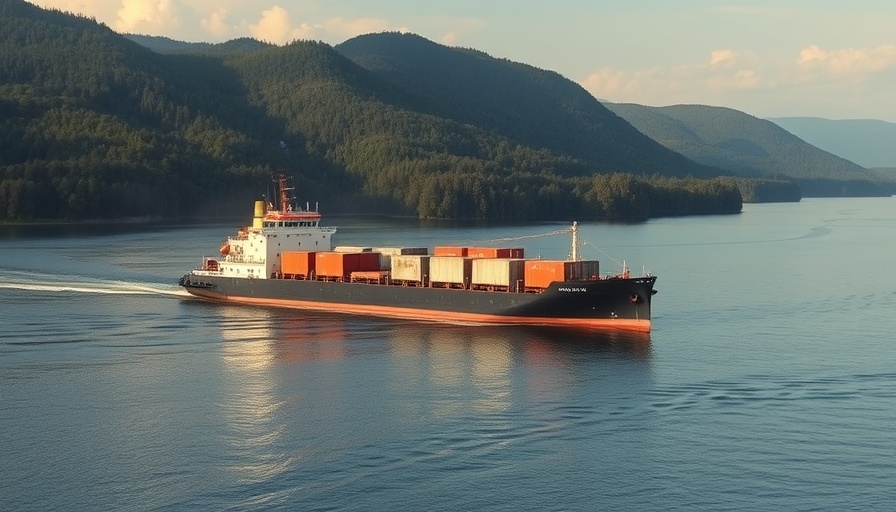
Honoring a Maritime Innovator
In a shining moment for the maritime industry, Christopher J. Wiernicki, the Chairman and CEO of ABS (American Bureau of Shipping), received the prestigious 2025 Silver Bell Award from The Seamen’s Church Institute (SCI). This accolade celebrates Wiernicki's enduring commitment to safe and dignified working conditions for seafarers. The award ceremony took place at the vibrant 47th Annual Silver Bell Awards Dinner in New York City, where over 600 industry stakeholders gathered to recognize leaders who make a significant impact in the maritime sector.
The Significance of Safety at Sea
Wiernicki’s acceptance speech highlighted the essence of safety in the maritime context, emphasizing that it extends beyond mere procedures and checklists. "Safety is synonymous with people," he stated, articulating the fundamental truth that the safety of seafarers should always be a priority. His assertion underscores the often-overlooked reality that those working at sea are the backbone of our global commerce.
Championing Seafarers’ Rights
The Seamen’s Church Institute, with its almost 200-year history, plays a vital role in advocating for the welfare of mariners. Partnering with various sectors within the maritime industry, SCI ensures that the working and living conditions of seafarers are dignified and secure. As Wiernicki pointed out, this commitment is crucial for acknowledging the sacrifices and contributions of these unsung heroes, who face numerous challenges while ensuring global trade flourishes.
An Inspirational Legacy
Wiernicki’s recognition comes at a crucial time when the maritime industry is reevaluating its practices and policies in light of both technological advancements and changing workforce dynamics. His leadership exemplifies a proactive approach to challenges within the sector and inspires not only current mariners but also future generations entering the maritime workforce.
Future Outlook for Maritime Safety
As we look to the future, the conversation about maritime safety is poised to evolve, driven by innovations in technology and shifts in global trade patterns. From autonomous shipping technologies to enhanced regulatory frameworks, the next decade will likely see an increased focus on ensuring the safety and well-being of those who operate at sea. This is particularly relevant as the industry adapts to new challenges posed by climate change and geopolitical tensions.
Join the Movement
Wiernicki’s receipt of the Silver Bell Award not only honors his past contributions but also galvanizes current and future leaders in the maritime sector to prioritize safety and well-being for those at sea. Understanding these shifts and embracing a culture of safety can empower stakeholders across the global shipping community, ensuring that the sacrifices of seafarers are recognized and respected.
 Add Row
Add Row  Add
Add 




Write A Comment